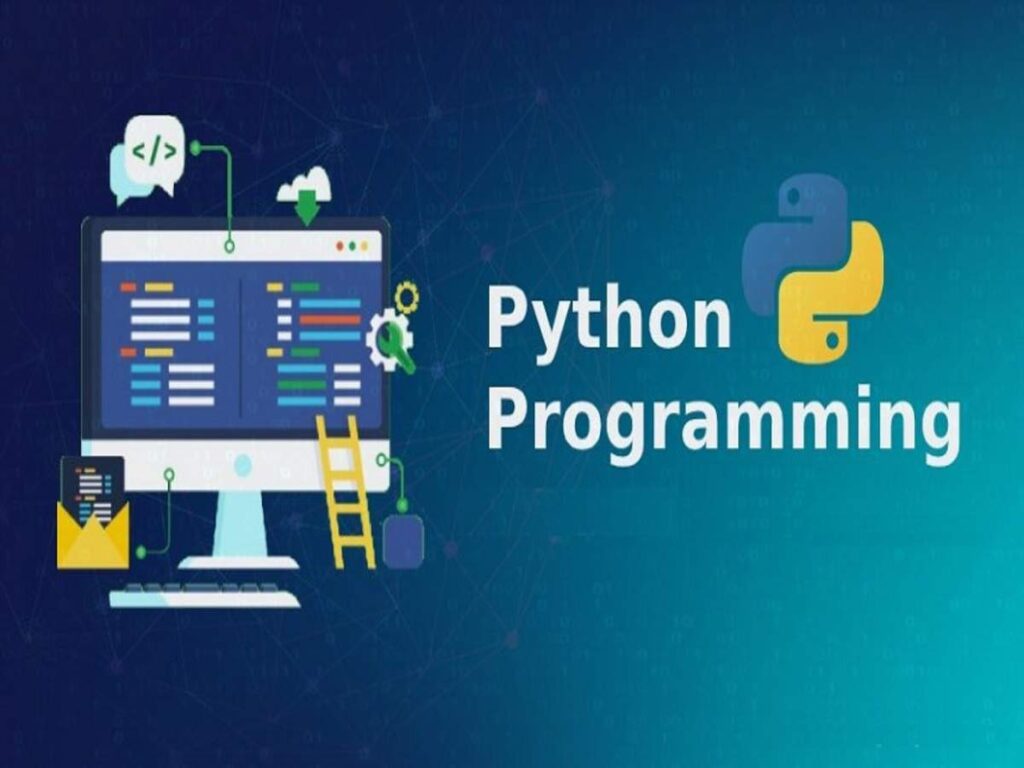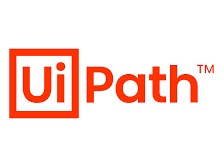Python is a dynamically semantic, interpreted, object-oriented high-level programming language. Its high-level built-in data structures, together with dynamic typing and dynamic binding, making it ideal for Rapid Application Development and as a scripting or glue language for connecting existing components. Python’s concise, easy-to-learn syntax prioritises readability, which lowers software maintenance costs. Modules and packages are supported by Python, which fosters programme modularity and code reuse. The Python interpreter and its comprehensive standard library are free to download in source or binary form for all major platforms.

Python is popular among programmers because of the enhanced productivity it offers. The edit-test-debug cycle is extraordinarily rapid because there is no compilation step. Python scripts are simple to debug: a bug or improper input will never result in a segmentation fault. Instead, when the interpreter finds a mistake, it throws an exception. The interpreter prints a stack trace if the application fails to catch the exception. Inspection of local and global variables, execution of arbitrary expressions, setting breakpoints, stepping through the code one line at a time, and so on are all possible with a source level debugger. The debugger is written in Python, demonstrating Python’s introspective capabilities.
Python is a programming language that is commonly used to create websites and applications, automate operations, and perform data analysis. Python is a general-purpose programming language, which means it can be used to develop a wide range of applications and isn’t specialized for any particular problem. Because of its versatility and beginner-friendliness, it has become one of the most widely used programming languages today. It was the most popular programming language among developers in 2020, according to a survey done by industry analytics firm RedMonk .
Procedural programming is a programming paradigm based on the procedure call, which is inherited from imperative programming. Procedures (a form of procedure or subroutine) are essentially a collection of computational steps that must be completed. Any procedure can be invoked at any point during the execution of a programme, including by other procedures or by itself. Fortran, ALGOL, COBOL, PL/I, and BASIC were among the first important procedural programming languages to arise around 1957–1964. [2] Pascal and C were first published in the 1970s and 1972.


